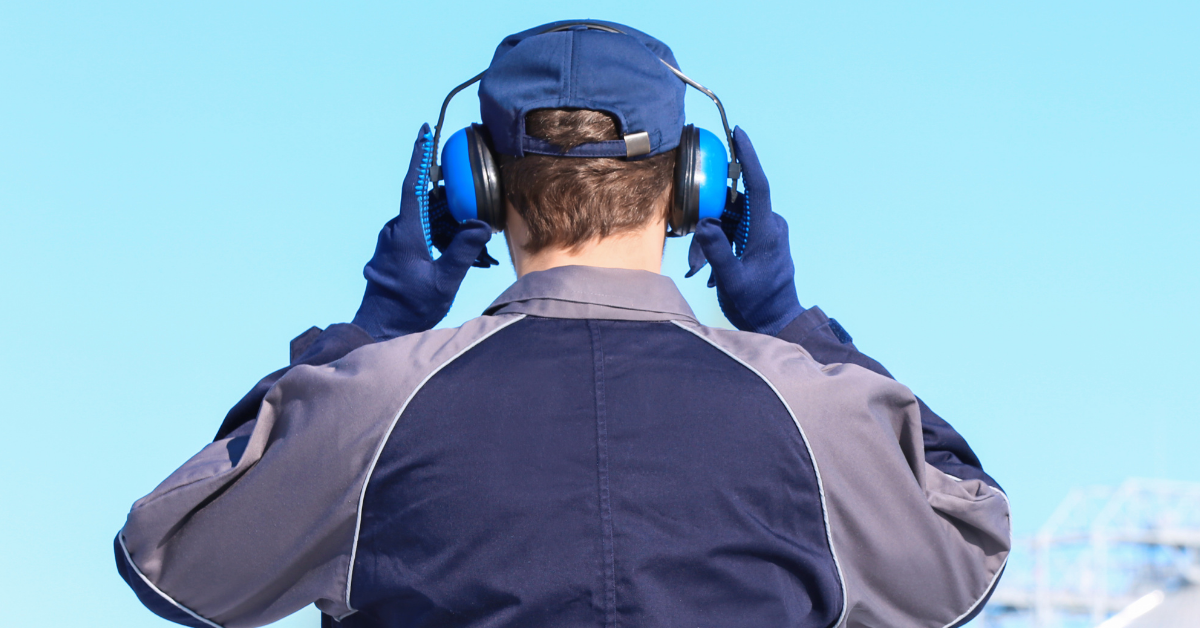Exposure to noise is one of the few occupational health hazards that when you stop the exposure, you stop the damage. When someone says that they're exposed to exactly 90 decibels for exactly eight hours, that is one hundred percent of what they're allowed to be exposed to or their allowable dose. Learn more about how The Lawson Group handles noise exposure.
Transcription:
Exposure to noise is one of the few occupational health hazards that when you stop the exposure, you stop the damage.
The damage that you're hearing suffers from exposure to noise is physical damage. It does not continue to deteriorate. So in other words, if you're exposed to noise for 10 or 15 to 20 years and you stop the exposure to noise, your hearing does not continue to worsen. The damage to your hearing will stop when the exposure to noise stops.
Having said that, the whole concept behind the ocean noise standard is to determine who is exposed to noise at a harmful level that may cause them to have a hearing loss. And if you do have people in your employ that are exposed to that level of noise, you need to do something about it.
When someone says that they're exposed to exactly 90 decibels for exactly eight hours, that is one hundred percent of what they're allowed to be exposed to or their allowable dose. Theoretically, if you were exposed to exactly 90 for exactly eight hours, you received 100 percent of what you're allowed to be exposed to.
The difficulty of that is nobody is exposed to exactly 90 decibels for exactly eight hours so that their dose is exactly 100 percent of what they're allowed to be exposed to.
Just like instrumentation to monitor all the other stuff we talked about, there are two different types of devices that are used for measuring noise that fit the same criteria as some of the other air monitoring equipment that we talked about in the first one is a noise sound level meter, I should say.
And for all practical purposes, a sound level meter is a grab sample.
So when I turn on a sound level meter and I'm trying to measure what the sound level is in a work area, it's telling me what the sound level is right now.
If I move over two feet or walk to the next apartment, it's going to tell me what the sound level is when I move to that next apartment and when I turn to the sound of a meter off whatever I was measuring, a recording goes away.
We typically use a sound level meter as a background device or for grab samples or to determine areas where we think that might be high noise exposures.
To actually measure what somebody is exposed to all day. We use a device called a noise dosimeter or an audio dosimeter. And the key word on that or the operative word and that is dose. This is one again up on the person's shoulder. It's supposed to be within their hearing range. We are very careful to make sure that we put it on the side of their body that they are dominant for.
Somebody who is right handed is going to reach closer to equipment and machinery, and therefore this side of their head is more exposed to the noise. So you want to be sampling here so the head does not act as a shield if I'm right handed and put the dosimeter here. There are some studies that show that I will actually get a lower noise reading because my head acts as a shield and not all the noise can be can be read or measured by the dosimeter.
The dosimeter actually counts dose, and that's a very difficult concept for people to understand. It counts the amount of noise that you're exposed to faster or slower, depending on how high that noise level is. So if I go back to my example before of exactly 90 decibels for exactly eight hours, if that was me sitting at the machine that does that, this would be counting noise so that at the end of one hour, if I took a reading, it would tell me that I've accumulated twelve and a half percent of my allowable daily noise dose.
At the end of two hours, it would say I've recorded twenty five percent of my allowable noise dose. And if you could watch it at the end of eight hours as it clicked off eight hours, it would say I've received exactly a hundred percent of what I'm allowed to be exposed to.
It counts the dose of noise in terms of percentage of allowable exposure. What we find a lot of people doing is walking through with a sound level meter and basically just measuring spot levels of 90 decibels wherever they can find it and saying, Oh, if you're over 90 decibels in that department, those people need to be included in the hearing conservation program and nothing is further from the truth.
We are 100 percent of the time would prefer to see people measuring with dosimeters and measure their dose and then put people into the hearing conservation program when their dose exceeds 50 percent for a full work shift, it doesn't matter whether it's eight, 10 or 12 hours.







